Electric motors play a vital role in powering various devices and machinery, from household appliances to industrial equipment. These motors often contain valuable materials, and one of the key components is copper. Copper is a highly conductive metal that is essential for the efficient functioning of electric motors. In this article, we will explore the significance of copper in electric motors and delve into the factors that determine the amount of copper present.
The Role of Copper in Electric Motors
Copper is used in electric motors for its excellent conductivity and thermal properties. In the construction of motors, copper is primarily employed in the winding of coils within the stator and rotor. These coils create magnetic fields that, when interacting with the motor’s permanent magnets, generate the rotational force necessary for the motor to function.
The conductivity of copper ensures minimal energy loss during the transmission of electrical currents, making it an ideal material for enhancing the efficiency of electric motors. Additionally, copper’s heat resistance helps prevent overheating during prolonged operation, contributing to the overall reliability and longevity of the motor.
Factors Affecting the Amount of Copper
The quantity of copper in an electric motor can vary based on several factors:
The size and type of the electric motor significantly influence the amount of copper it contains. Larger motors, such as those used in industrial machinery, generally have more copper to accommodate higher power requirements.
The design and configuration of the copper coils within the motor impact the overall copper content. Motors with intricate coil designs may contain more copper for optimal performance.
Advancements in motor efficiency standards have led to the development of more copper-efficient motors. Newer models may contain a higher percentage of copper to meet or exceed these standards.
The recyclability of copper makes it a sustainable choice for electric motors. Motors designed with ease of disassembly and recycling in mind contribute to a more environmentally friendly life cycle.
Recycling Copper from Electric Motors
Given the value and recyclability of copper, there is a growing emphasis on the responsible disposal and recycling of electric motors. Recycling facilities can extract copper from discarded motors, preventing valuable resources from ending up in landfills. This process not only conserves raw materials but also reduces the environmental impact associated with copper mining and extraction.
In conclusion, the amount of copper in an electric motor is influenced by various factors, including motor size, design, efficiency standards, and recyclability. Copper’s role in electric motors is critical for their functionality, and the pursuit of more sustainable practices in the disposal and recycling of these motors contributes to a circular economy. As technology continues to advance, the industry is likely to see further innovations aimed at optimizing the use of copper in electric motors for increased efficiency and reduced environmental impact.
How much copper is in a 100hp electric motor?
The amount of copper in a 100 horsepower (HP) electric motor can vary based on factors such as motor design, efficiency standards, and size. Generally, the copper content in an electric motor is measured in terms of the weight of copper used in the windings of the stator and rotor.
As a rough estimate, the copper content in an electric motor is typically around 20-30% of the motor’s total weight. However, this can vary, and newer, more efficient motors may use different materials and designs to reduce the amount of copper while maintaining high performance.
To provide a more accurate estimate for a specific 100 HP electric motor, you would need detailed specifications from the motor’s manufacturer, including information about the winding design, materials used, and any special features that might affect the copper content. Additionally, advancements in motor technology and efficiency standards may impact the copper content of newer models compared to older ones.
How much copper is in a 50 HP electric motor
The amount of copper in a 50 horsepower (HP) electric motor can vary based on factors such as the motor’s design, size, and efficiency standards. Typically, the copper content in an electric motor is measured by the weight of copper used in the windings of the stator and rotor.
As a general estimate, the copper content in an electric motor is usually around 20-30% of the motor’s total weight. However, this can vary depending on the specific design and materials used in the motor.
For a more accurate estimation of the copper content in a 50 HP electric motor, you would need to refer to the motor’s technical specifications provided by the manufacturer. This information would include details about the motor’s construction, such as the type of winding, the size and number of coils, and any advancements in design or materials that might impact the copper content.
It’s worth noting that advancements in motor technology and efficiency standards may influence the copper content in newer motors, as manufacturers continually strive to optimize performance while minimizing material usage.


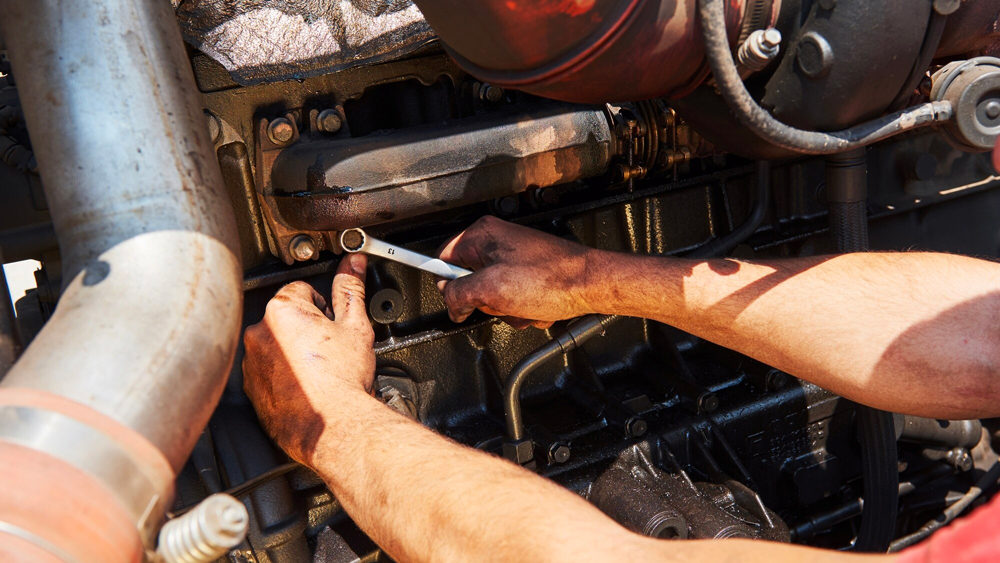
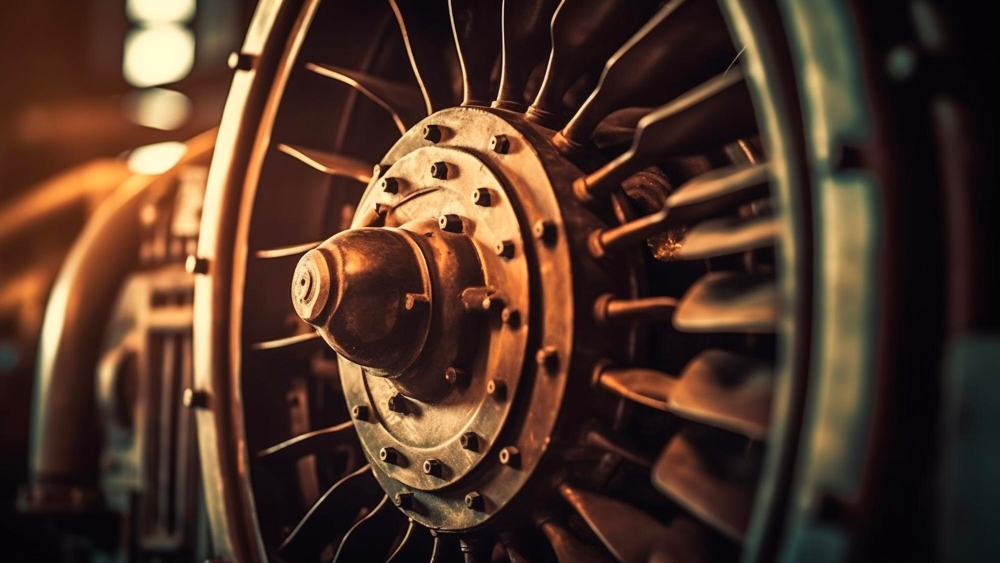
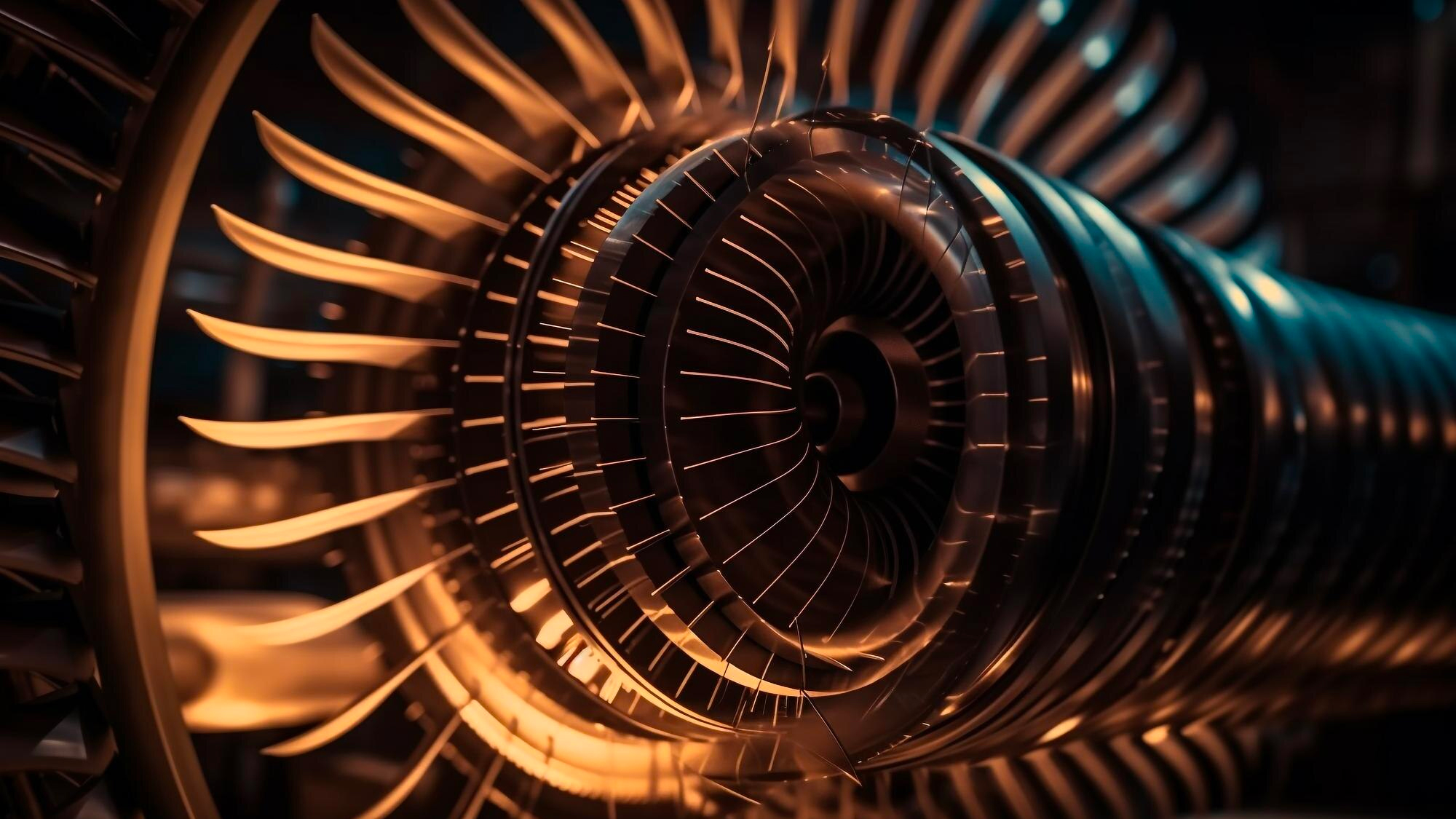
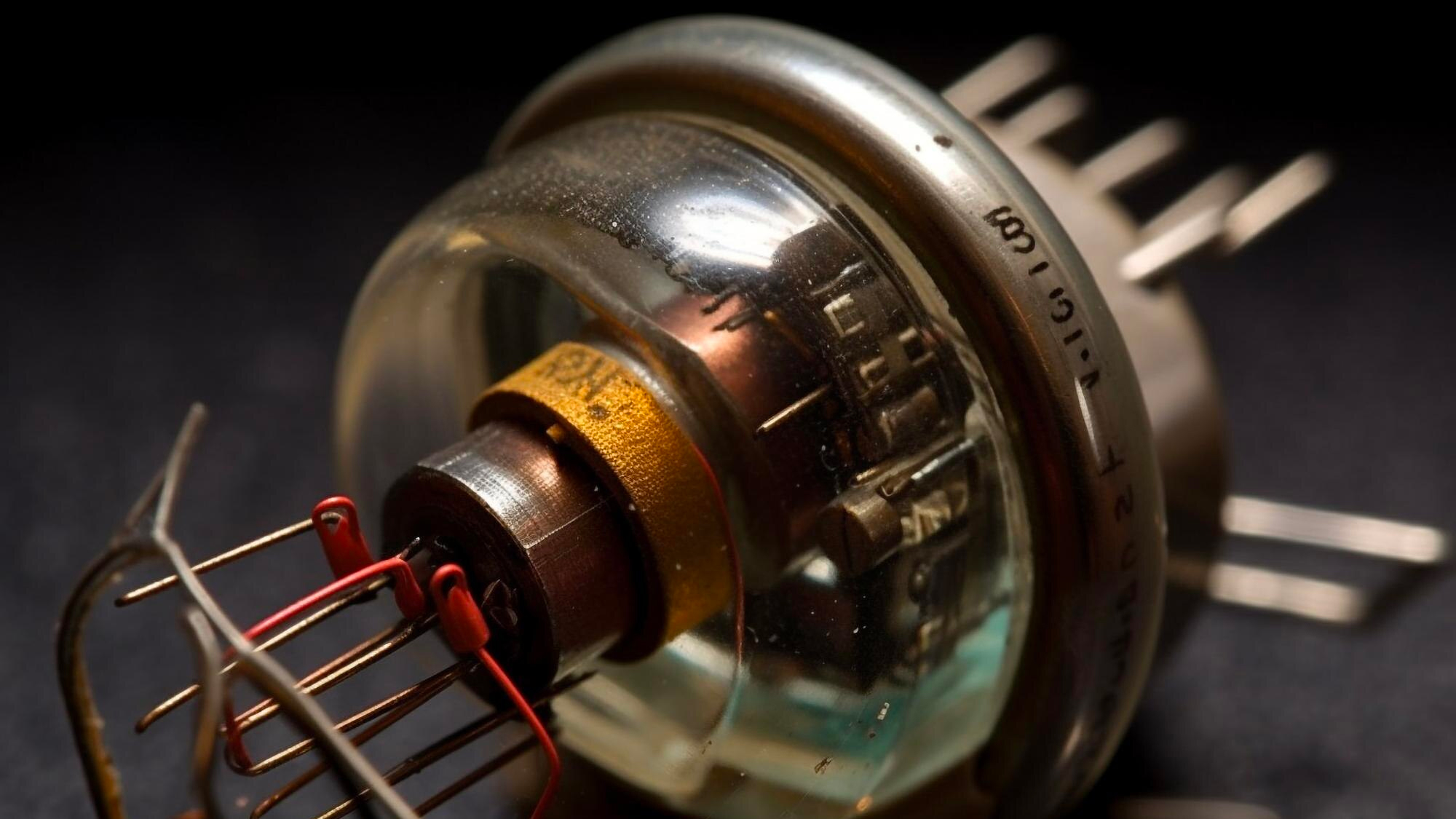
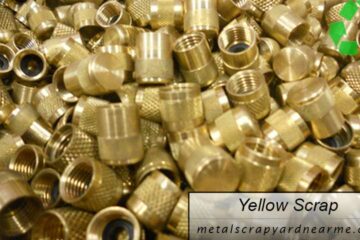
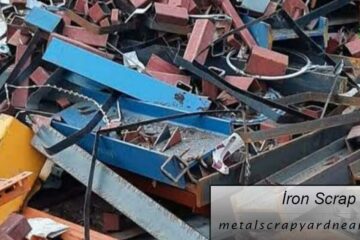
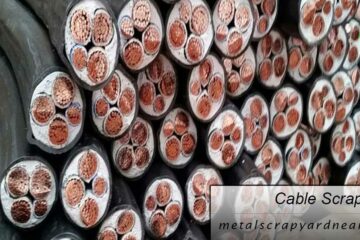
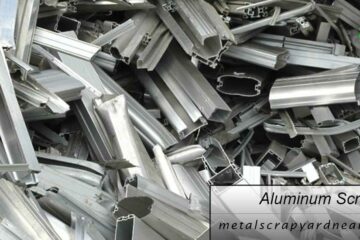
Write a Comment